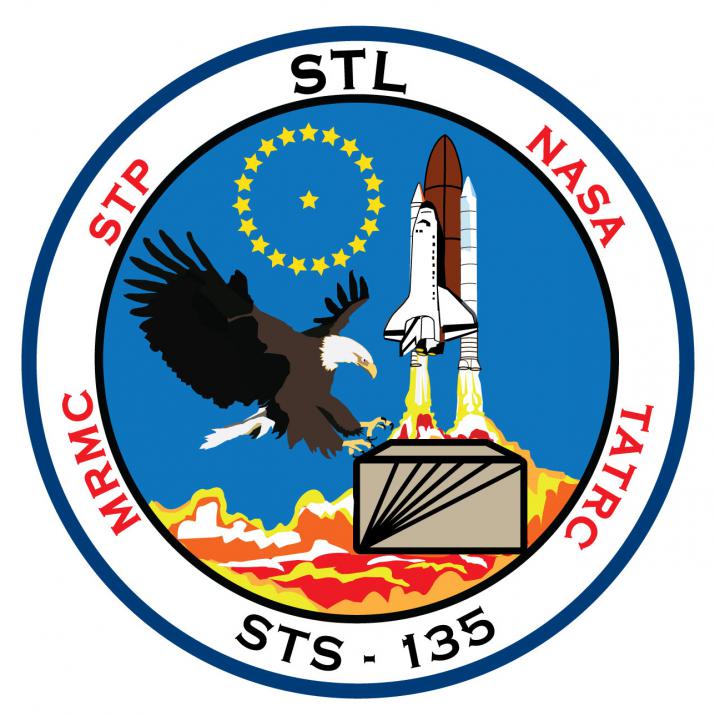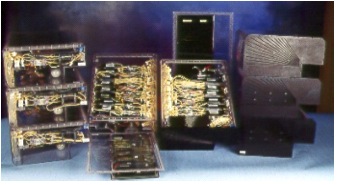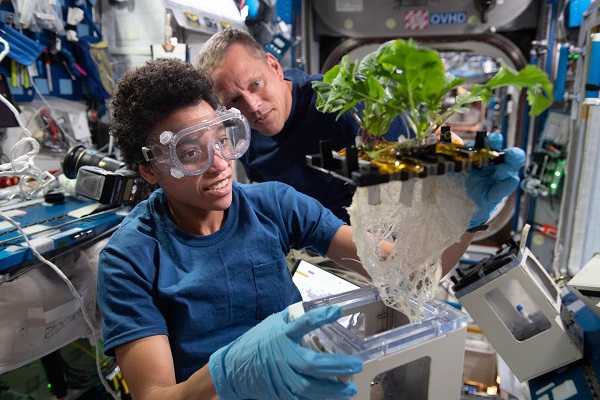Space Tissue Loss is a collaboration between NASA’s Ames Research Center, Moffett Field, Calif., the Telemedicine and Advanced Technology Research Center (TATRC), Ft. Detrick, Maryland and the Department of Defense’s Space Test Program (STP) in Houston.
Overview
The Space Tissue Loss payload includes three experiments that will be conducted inside the Cell Culture Module, an incubator system for growing cells, which will fly on space shuttle Atlantis. One Department of Defense and one NASA experiment will be housed inside the Cell Culture Module for the mission. The Cell Culture Module is designed to help scientists study the effects of microgravity on cells in space and has flown on 19 shuttle missions. The Cell Culture Module is a completely automated, temperature-controlled system that fits inside a shuttle middeck locker and can be customized to meet specific science objectives. The Cell Culture Module’s environmental control systems support cell growth in the challenging space environment. Tissue Genesis, Inc., developed the unique cell growth support system for Space Tissue Loss and all past Cell Culture Module flight experiments. Bioreactors, or small chambers that enable cells to grow, are connected to the Cell Culture Module through a flow path support system that pumps nutrients around the growing cells. Separate flow paths enables scientists to conduct independent experiments and selectively inject preservatives into specific bioreactors.
Stem Cell Regeneration Experiment
The NASA portion of the Space Tissue Loss payload will examine the effects of microgravity on keratinocyte (tissues that make up the outer layer of the skin) differentiation during the wound healing process. Exposure to microgravity causes cells to react in a destructive cascade similar to wounds. This breakdown of tissue and function presents serious challenges to the health of humans in space. Crew traveling in microgravity may experience injury or, difficulty initiating the wound healing process. Crew exposed to pathogens in space may also experience reduced immunefunction and susceptibility to infection.
Cellular microgravity experiments are used to research methods of treating Earth-bound injuries where cellular degeneration and decreased immune response can occur in traumatic wounds and unused limbs.
The results from this investigation will provide additional insight into the existing knowledge of treating wounds during long-duration exploration in space and extreme environments on Earth, the battlefield and rural areas.
Payload
Launch & Return: STS-135-ULF-7
Projected launch is July 8, 2011
OV-104 Atlantis
12 day mission
Hardware
Cell Culture Module
Fits inside a middeck locker
4 rails total (2 rails for NASA PI, 2 rails to be shared by DoD PIs)
6 bioreactors per rail
Payload Team
Principal Investigator – Eduardo Almeida, Ph.D., NASA Ames Research Center, University of California, San Francisco
Project Manager – Nicole Rayl, NASA, Ames Research Center
Project Scientist/Deputy Project Manager – Kevin Sato, Ph. D, Lockheed Martin, Ames Research Center
Experiment Support Scientist – Diana Ly, Lockheed Martin, Ames Research Center
Systems Safety and Mission Assurance< – Susan Suffel, NASA, Ames Research Center
Quality Assurance – Robert Burney, NASA, Ames Research Center
Hardware and Integration – Telemedicine and Advanced Technology Research Center, Department of Defense Space Test Program
































